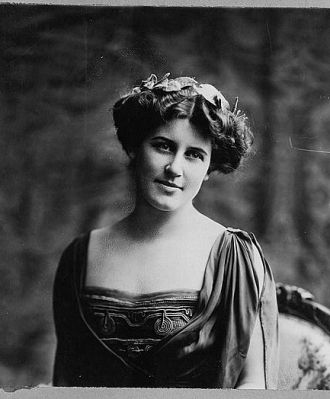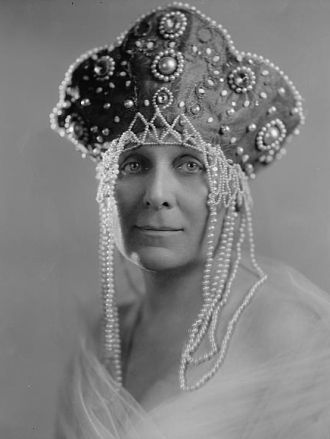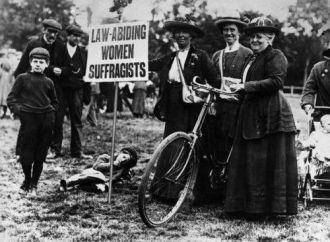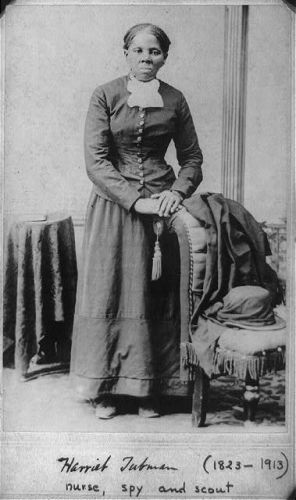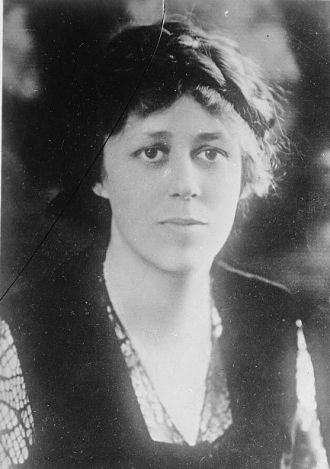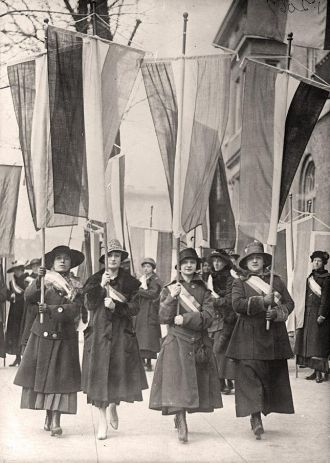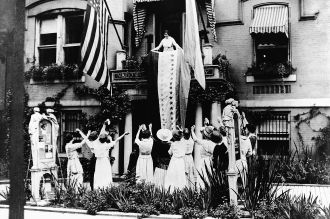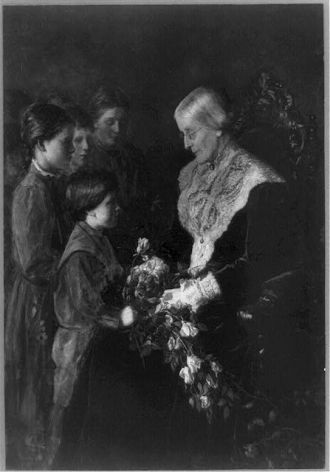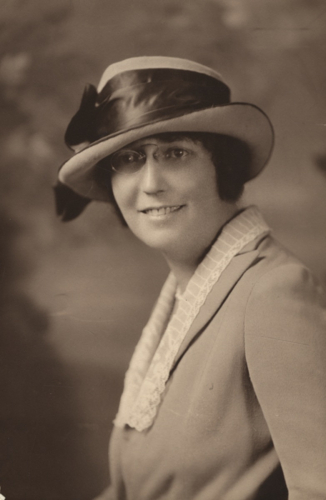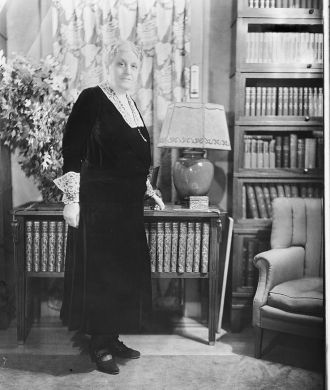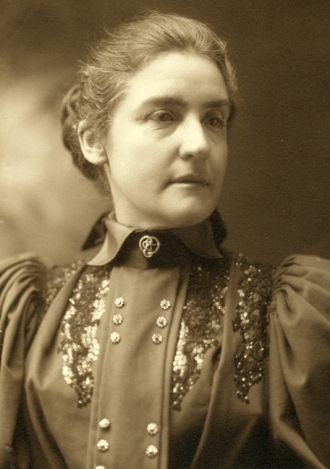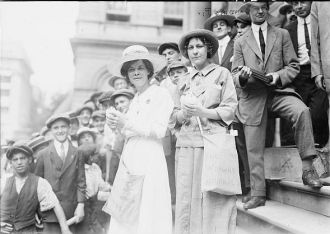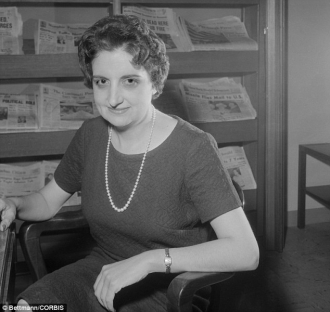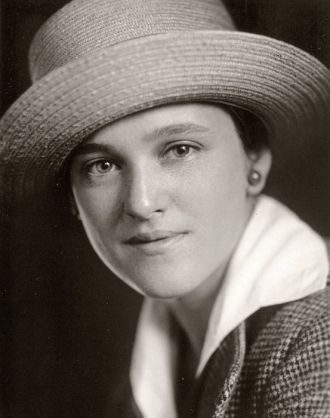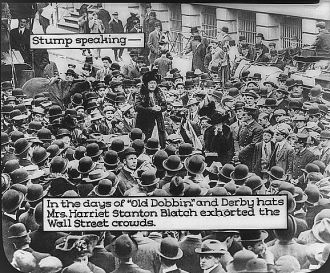Advertisement
Advertisement
Share and discover the people and places from your past
Women's Suffrage

Related Articles

 AncientFaces
AncientFaces
382k+ followers 411 favorites
05/08/2023
The Suffering Suffragettes: when Women couldn’t Vote
"Men, their rights, and nothing more; women, their rights, and nothing less." - Susan B. Anthony Throughout the late 1800's and the early 1900's, women all over the world lobbied for their rights. The right to vote wasn't given to women in the U.S. until 1920. These photos capture many of the struggles of those women fighting for civil rights.

 AncientFaces
AncientFaces
382k+ followers 411 favorites
09/28/2023
Visual History of Voting in the United States
Most Americans have their first voting experience in school - class president, vice-president, and other officers are chosen every year. So begins their foray into democracy. In the beginning of our democracy, only white men who were property owners could vote. In the succeeding decades, African-Americans and women were added to the Constitution, giving a political voice to those who were previously left out. It's thanks to great people from our past like those mentioned below that we owe our thanks for the rights that we take for granted today.

 AncientFaces
AncientFaces
382k+ followers 411 favorites
05/03/2023
Images of Powerful Women
"It's not easy being green" - Kermit the frog. We could just as well say "it's not easy being a woman", at least a woman in the past. These images contain the faces of powerful women who worked to change the world, change their own lives, help others, and labored with power and courage fighting for civil rights. These women employed their talents and abilities without many of the privileges and rights that we have today. How much more can we do today, thanks to their efforts yesterday?

 AncientFaces
AncientFaces
382k+ followers 411 favorites
05/07/2023
Women Protests - The Fight For Rights For All
Fashionable and dowdy, upper crust and working class, old and young, beautiful and plain, all segments of society and types of women supported the women's rights movement of the 1800's and early 1900's. These are some of the photos, protest signs, and stories of what these women did. They were feminists, abolitionists, lawyers, and writers, speaking out against injustice wherever they saw it.

 AncientFaces
AncientFaces
382k+ followers 411 favorites
05/07/2023
Women In The Streets - The History of Misogyny In The U.S.
While some charges such as being "unattractive", having a "shrill voice", and not looking "Presidential" persist, the truth is that woman now have the right to vote thanks to the brave women suffragettes such as those in this video.
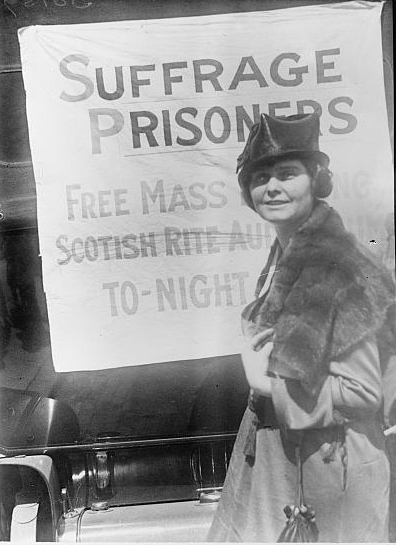
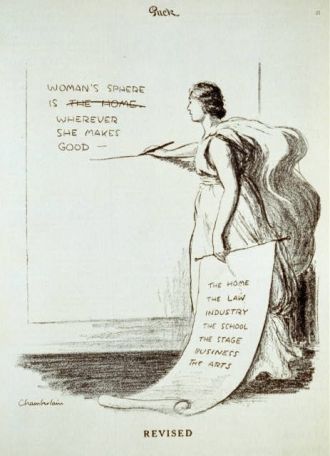
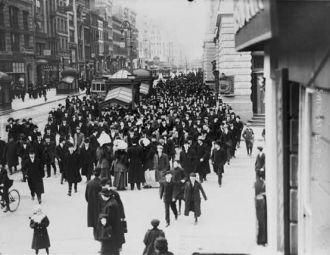
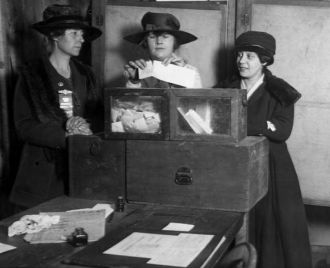

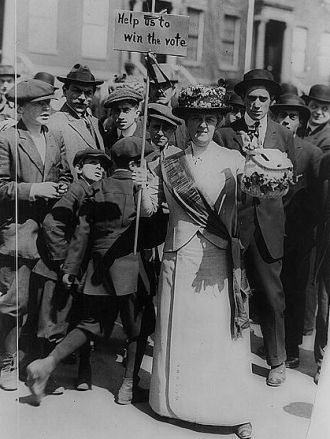
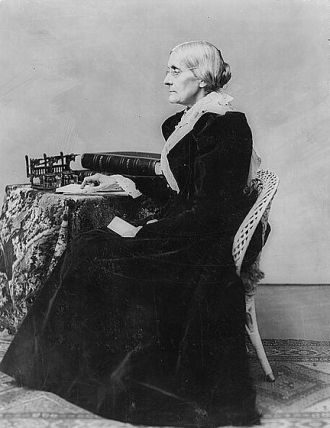
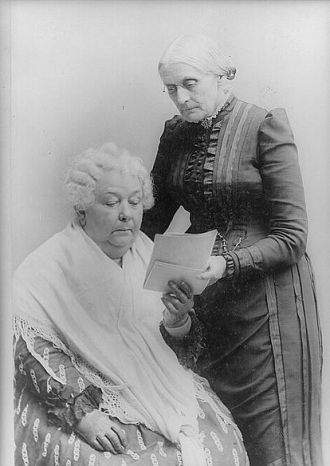
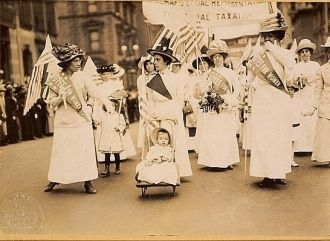
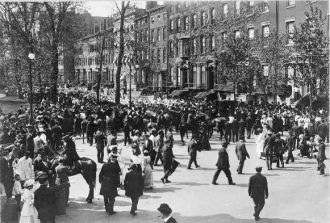
![Suffragette pickets at White House, [Washington, D.C.],...](https://media-af-photos.ancientfaces.com/011/1154110/1154110-small.jpg)
